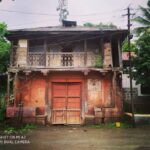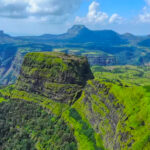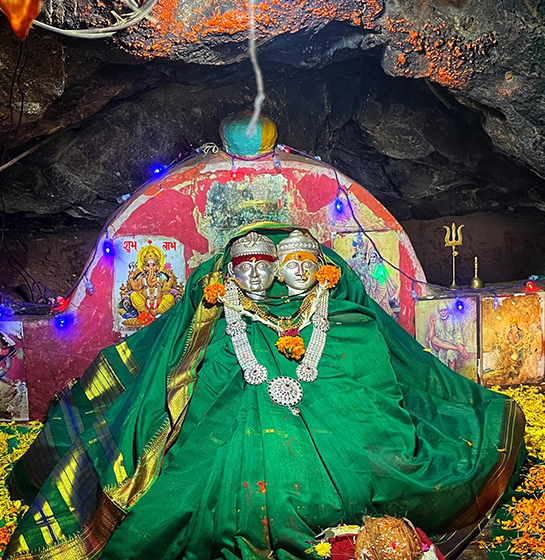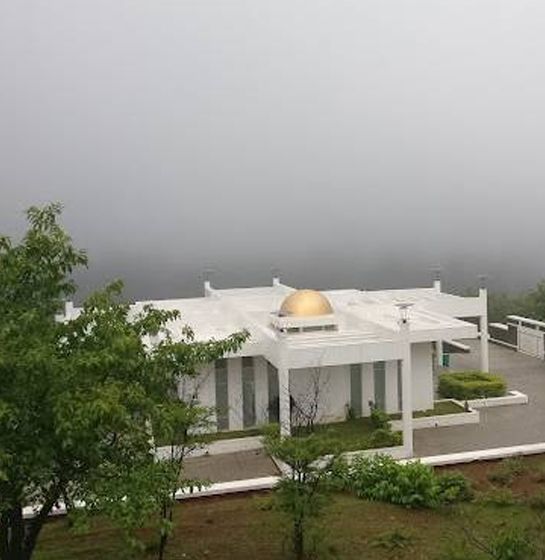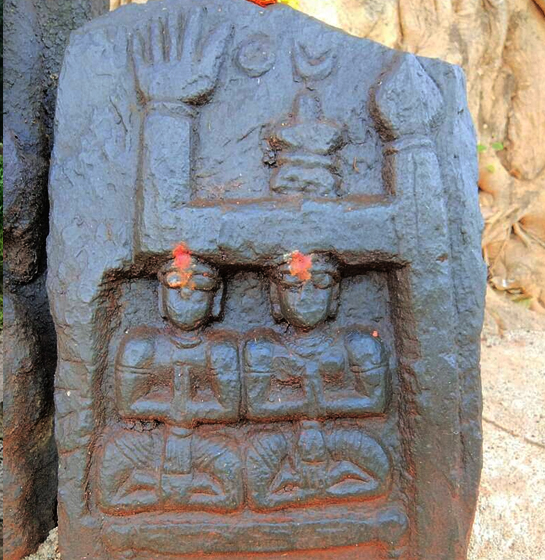Korigad Fort
11th March 1818, Korigad (Korai Gad) Fort…
To the west of Mula Dam lies a valley called ‘Korbaras Maval’ The term ‘Kori’ refers to a sub-caste of the fisher community, and the fort of this community is known as Korigad. This region, known as Maval, is home to both Korigad and Ghangad forts. Korigad is situated on the summit of the Savashnighat, between Lonavla and Pali. This fort is renowned for its intact ramparts, and it is also referred to as Korai Gad or Korigad. The fort is also known as Shahagad, named after the village of Peth Shahapur at its foothills. To explore the forts in this area, one would require three to four days, as Korigad, Ghangad, Sudhagad, and Sarasgad forts are located here.
Korigad has limited historical mentions, but the presence of ancient caves on the fort indicates its antiquity. In 1486, the fort was conquered by the Nizam from the Cooley King. In 1657, Chhatrapati Shivaji Maharaj included Korigad in his Swarajya along with forts like Lohgad, Visapur, Tung, and Tikona. In 1700, the fort was taken from the Mughals by the Maratha officials. On 11th March 1818, Colonel Prother tried to capture the fort but failed in battle. He became frustrated and, on 14th March 1818, managed to capture the fort by firing a cannonball into the liquor store, causing a massive explosion. This led to significant loss of life and property. Along with Korigad, Ghangad fort to the south also fell into the hands of the British.
Photography: Vipul Jadhav
Information: Sachin Pokharkar
Korigad is a fort located in the Pune district of Maharashtra, India. Situated around 25 km east of Lonavla, the fort is approximately 3050 feet above sea level. The fort is surrounded by a protective wall on all sides. To the south, there is a battlemented wall with bastions. From the fort, one can view a vast region including Karnala, Manikgad, Prabalgad, Matheran, Moragad, Rajmachi, Tikona, Torna, and the Mula Dam reservoir.
History:
On 11th March 1818, Colonel Prother made an attempt to capture this fort. After three days of intense battle, he failed. Ultimately, a cannonball fired at the liquor store led to an enormous explosion. The fire spread rapidly, causing significant destruction. The destruction of the liquor store and the loss of life on the fort led to the Marathas surrendering.
Photographs:
Korigad Fort
Places on the Fort:
– Korai Devi Temple: The deity of the fort is Korai, depicted as a four-armed and weapon-bearing goddess with a serene expression. The statue of the goddess is around 1.5 meters tall.
– Cannon ‘Lakshmi’: Of the six cannons on the fort, the largest one, named ‘Lakshmi,’ is located near the temple.
– Ganesh Tank: The fort has two large water tanks. On the northern part of the western cliff, there are some small caves, known as the Ganesh Tank.
Paths to the Fort:
There are two routes to reach the fort. The Rajwata route from the east is easier, while the route from Ambavane is more challenging. The eastern path requires crossing a ravine. Halfway along this path, there is a cave known as Dughai Gufa and a statue of Lord Ganesha. After climbing further, a new wooden door is found at the entrance of the fort. Upon entering through the Ganesh Door, two cannons can be seen.
One can also reach Shahapur, about 25 km from Lonavla, by private vehicle to access the fort.
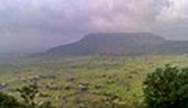
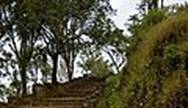

Korigad Fort Details
Pune to Kille Korigad
Duration: 2.30 – 3 hours
Difficulty Level: Moderate

What to Expect
A mix of dense forest and open plateau.
– Various fruit-bearing trees and lush vegetation.
– Historical and cultural sites along the trail

Best Time to Visit
Winter (October to February): Ideal for trekking due to pleasant weather.
Monsoon (June to September): Offers lush greenery and waterfalls but requires extra caution due to wet conditions.
Summer (March to May): Can be quite hot; start hikes early to avoid the heat.

How to reach there
Mulshi is accessible by road from Pune and Mumbai. Public transportation options and private vehicles are available for reaching the Korigad Fort.

Tips for Hikers
Carry at least 3 liters of water and some snacks.
– Consider hiring a local guide for a more informative experience.
– Start early to avoid the midday heat.
Experience the various trekking routes of Mulshi and immerse yourself in the natural beauty and cultural richness of this captivating region. Whether you seek adventure, tranquility, or historical exploration, Mulshi offers you a unique trekking experience.
admin
Published: October 9, 2024
